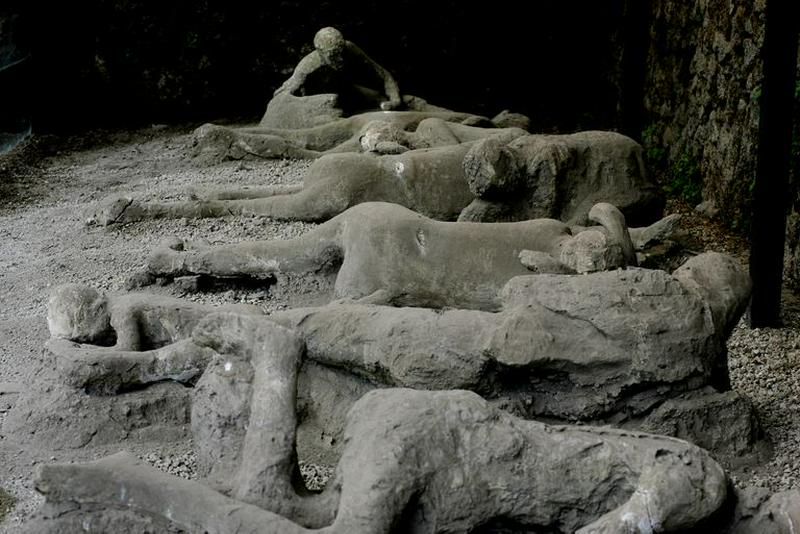Deadliest Volcanic Eruptions in History
By | November 9, 2018

Volcanoes are one of the most awe-inspiring forces of nature, exhibiting a power unmatched by anything mankind has created. They have a violent history of not only destroying cities but also of affecting global climate and forever altering the geography of the Earth.
Possibly the most well-known volcanic eruption in history is Mount Vesuvius, which destroyed Pompeii in 79 AD. Much of what is known about the eruption comes from the testimony of a Roman poet by the name of Pliny the Younger, who observed it along with his uncle, Pliny the Elder. The volcanic cloud, which exploded with 100,000 times the energy of the bombs that leveled Hiroshima and Nagasaki, was described by the two men as resembling a tree. The pyroclastic flow rushed down the side of the mountain, engulfing everything in its path. The total death toll was estimated at 13,000 and Pompeii, as well as two neighboring cities of Stabiae and Herculaneum, were buried. Pompeii was uncovered in 1748 by archaeologists, who discovered everything, including the human remains, frozen in place exactly as it had been at the time of the eruption, due to a plaster created by the mixture of rain and ash. The 79 A.D. eruption of Vesuvius was responsible for the naming of the specific type of eruption called Vesuvian eruptions (also known as Plinian eruptions).

The Nevado del Ruiz is a stratovolcano in Tolima, Columbia which erupted on November 13, 1985, is an event known as the Armero tragedy. The pyroclastic flow from the eruption melted glaciers, creating lahars (mudslides mixed with volcanic debris) which swallowed the town of Armero. The total death toll was 23,000, with more than 20,000 of those being inhabitants of Armero. The disaster stirred up controversy due to the Columbians ignoring several warnings of volcanic activity from vulcanological organizations. Local officials did begin to make evacuation plans in September of 1985, creating a hazard map to indicate which areas were most at risk. However, poor distribution of the map as well as a severe storm which hampered communication resulted in many inhabitants being unaware of the danger.



The largest observed eruption in recorded history was on the island of Sumbawa in what is now Indonesia. The eruption of Mount Tambora began on April 5, 1815 and reached its climax on April 10. The resulting pyroclastic flow destroyed the village of Tambora. Smoke continued to emit from the mountain peak well into August of 1815, but flames and aftershocks continued for four years. The volcano was also responsible for a tsunami which struck several neighboring islands on April 10, 1815. While the exact death toll is disputed, it is estimated that the eruption caused as many as 100,000 direct (resulting from the pyroclastic flow) and indirect (resulting from starvation and disease) deaths. However, these numbers do not take into account the devastating effects of the 1816 “Year Without a Summer,” thought to be primarily a volcanic winter resulting from the eruption of Mount Tambora, during which global temperatures dropped as much as 1.3 degrees Fahrenheit, causing hundreds of thousands of famine-related deaths throughout the world.
Despite the many scientific advances mankind has made over the centuries, we are still powerless in the face of these deadly occurrences. We may have gotten better at predicting when the volcanoes will erupt, but that foreknowledge just gives us the chance to get out of the way and let nature do its thing.

